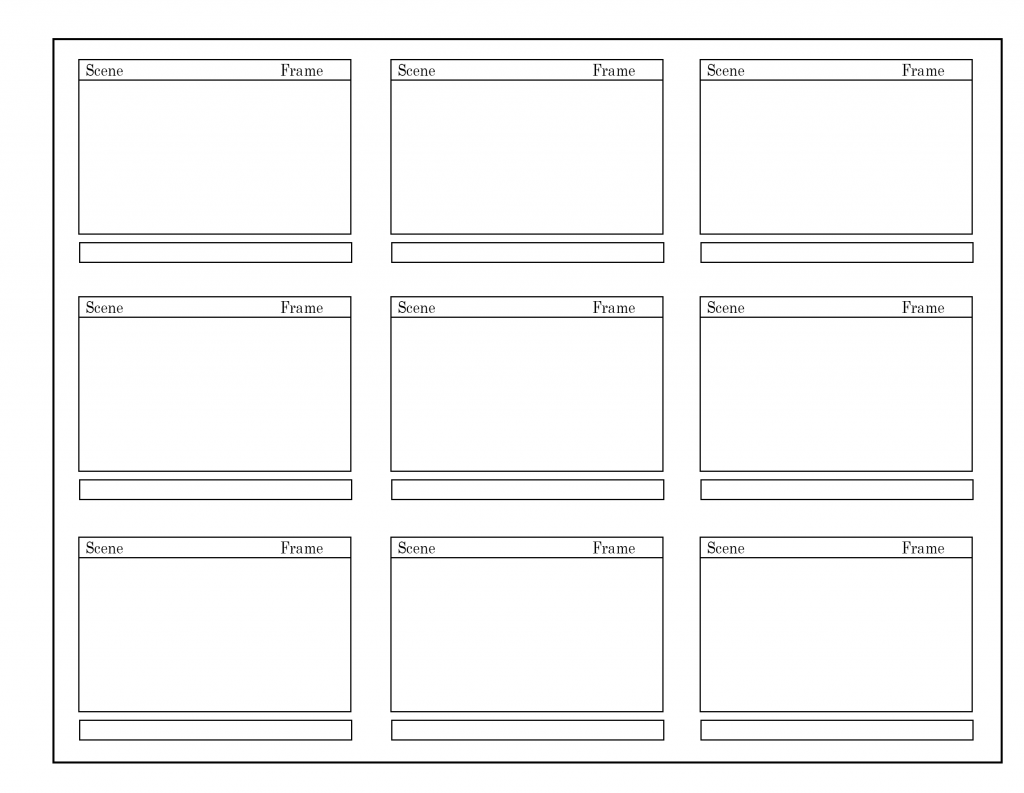

The remaining steps (Improve, Control) focus on changing the current process to meet improvement goals. The first three phases of DMAIC (Define, Measure, Analyze) define the problem and help answer questions about the current process state and the root causes of unsatisfactory process outcomes. The basic format of a typical storyboard is based on DMAIC, the project structure and approach to problem solving used throughout the Six Sigma world. Storyboards Reflect Logic and Flow of DMAIC They actually contribute to the success of both individual projects and that of the Six Sigma program as a whole. As important as storyboards are as a documentation tool, however, they go well beyond the mere summarizing of results. Unfortunately, storyboards are often thought of as a bureaucratic and perfunctory exercise and left to the last minute as a way to leave behind at least some minimal written evidence of the project’s history and achievements. It is normally expected that this storyboard be kept up-to-date with the latest developments as a project progresses.

The storyboard is generally understood as a document, in electronic form, which summarizes project progress and demonstrates what tools have been applied in what sequence in the course of defining the process problem and then analyzing and resolving it. However, one broadly implemented element of Six Sigma project management that is often underestimated is the project storyboard. That commonality, to a large extent, has made Six Sigma a business phenomenon transcending corporate and national boundaries. Six Sigma’s step-by-step approach to problem solving has benefited greatly from the development of a common toolkit, project framework and terminology.


 0 kommentar(er)
0 kommentar(er)
